Mexico City, a sprawling metropolis, is a vibrant mix of dynamic style, exceptional culinary experiences, rich history, and bustling streets. Post-pandemic, the city’s energy has amplified, showcasing new museums that journey through Mexican art, an extensive array of restaurants and bars, and a burgeoning fashion scene emphasizing artisanal craftsmanship. Here, you can find handcrafted leather bags, traditional ponchos, sample locally brewed craft beers, and join jazz enthusiasts in intimate club settings. Amidst the urban excitement, the secrets of the Centro Histórico beckon, offering travelers hidden murals, labyrinthine ancient markets, and a deep dive into the city’s layers and captivating contradictions.
Recommendations
Key Highlights
Restaurants & Bars
Shopping Destinations
Museums & Attractions
Accommodation
Itinerary
Friday
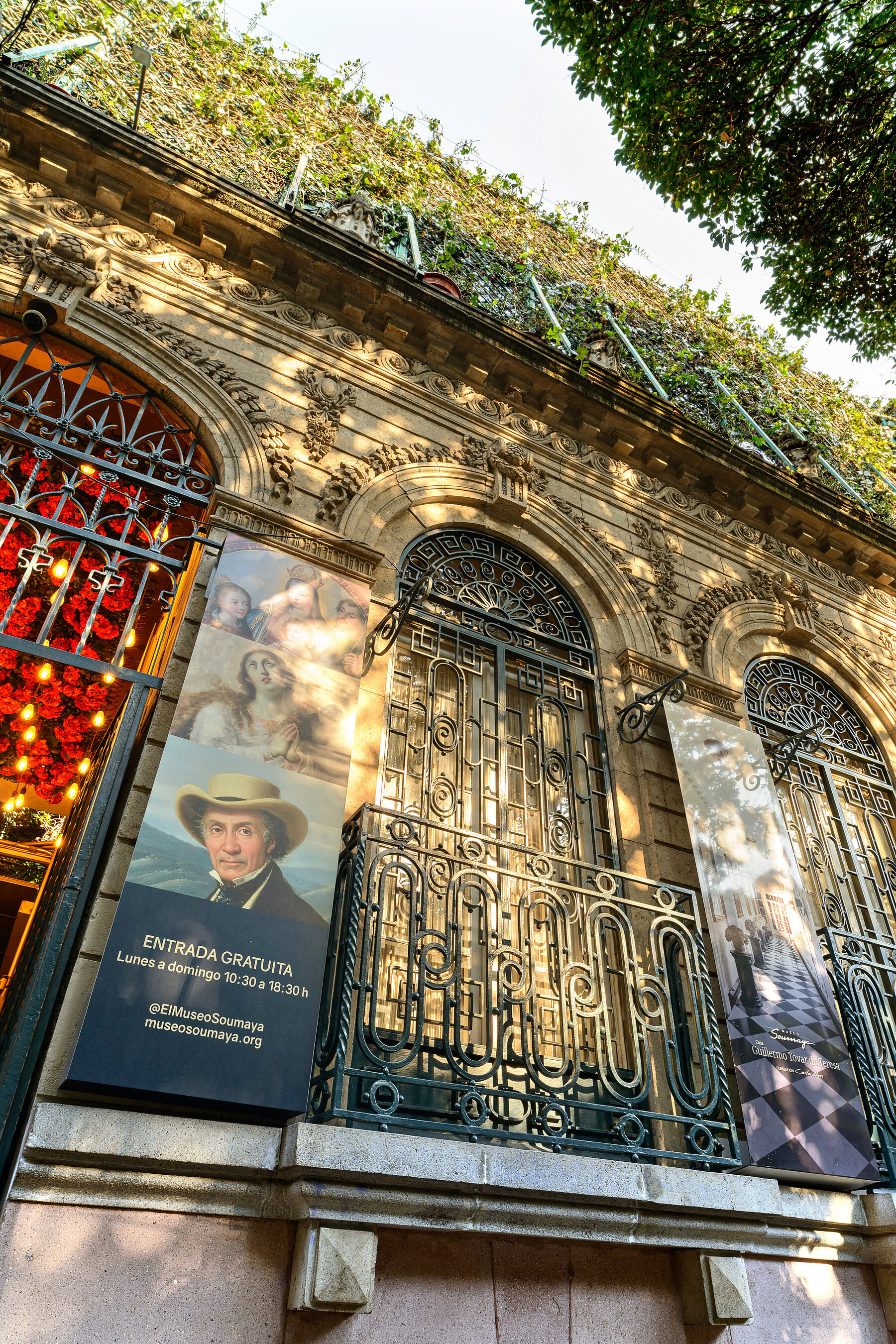 Guillermo Tovar de Teresa Mansion museum showcasing colonial-era Mexican art and furniture
Guillermo Tovar de Teresa Mansion museum showcasing colonial-era Mexican art and furniture
3:00 PM: Step Back in Time
Begin your exploration at the Museo Casa Guillermo Tovar de Teresa. Guillermo Tovar de Teresa, a self-taught historian, was a brilliant chronicler of Mexican art from the colonial and 19th-century periods. His meticulously restored mansion, built in 1911 in the Roma neighborhood, now serves as a museum. It displays selections from his extensive collections of art, furniture, ceramics, and books. Many rooms remain as he arranged them before his passing in 2013, filled with portraits of Mexico’s newly independent bourgeoisie, devotional paintings reflecting the exuberant religiosity of New Spain, and elaborate marquetry furniture. A magnificent crystal mirror enhances the entrance hall, antique ironwork adorns the bedroom, and Mexican landscapes by the 19th-century British painter Daniel Thomas Egerton line the patio hallway. Admission is free, offering a valuable glimpse into a bygone era.
 Guillermo Tovar de Teresa Mansion museum showcasing colonial-era Mexican art and furniture
Guillermo Tovar de Teresa Mansion museum showcasing colonial-era Mexican art and furniture
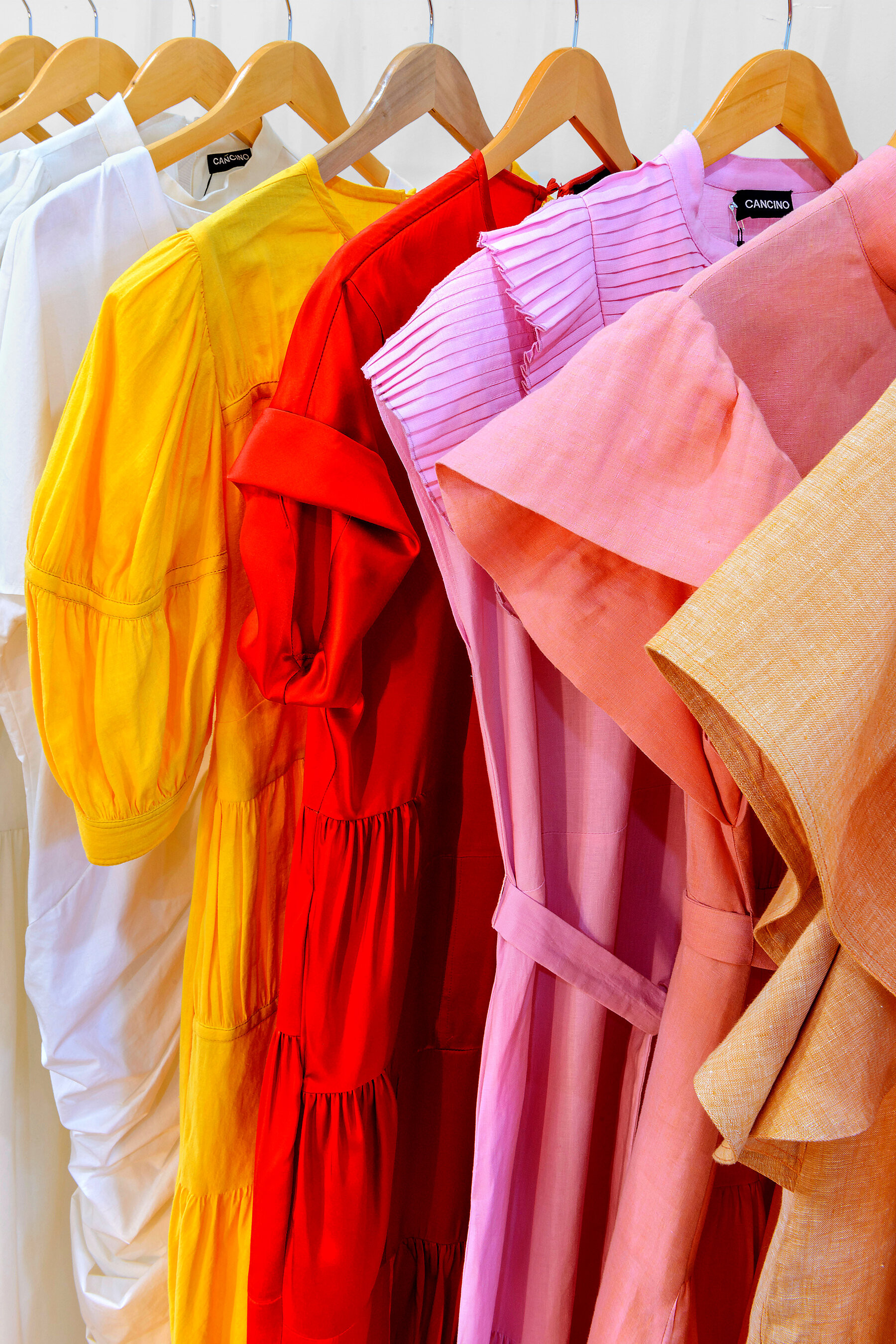 Fashion designer Francisco Cancino outside his boutique in Colonia Juarez, Mexico City
Fashion designer Francisco Cancino outside his boutique in Colonia Juarez, Mexico City
4:30 PM: Local Finds
Discover Mexico City’s burgeoning fashion scene in Colonia Juarez. Emerging Mexican designers are drawing inspiration from the country’s imagery and architectural forms, emphasizing sustainability and fair prices for artisans. Boutiques featuring local fashion are primarily located along the quiet streets of Marsella and Havre in Colonia Juarez. Here, you’ll find the flagship stores of designers Francisco Cancino and Cynthia Buttenklepper. They reimagine traditional silhouettes and textiles in vibrant Mexican colors. Cancino’s linen dresses start around 4300 pesos (approximately $222 USD), and Buttenklepper’s leather ponchos are priced around 11,000 pesos. Mr. Fox offers stylish leather bags, with larger bags costing 3700 pesos, and accessories. Vera showcases classic Mexican weaving and embroidery techniques in a lively collection of blouses, dresses, and bags. For something more unconventional, JPEG’s irreverent designs incorporate even the image of the Virgin of Guadalupe on t-shirts.
 Fashion designer Francisco Cancino outside his boutique in Colonia Juarez, Mexico City
Fashion designer Francisco Cancino outside his boutique in Colonia Juarez, Mexico City
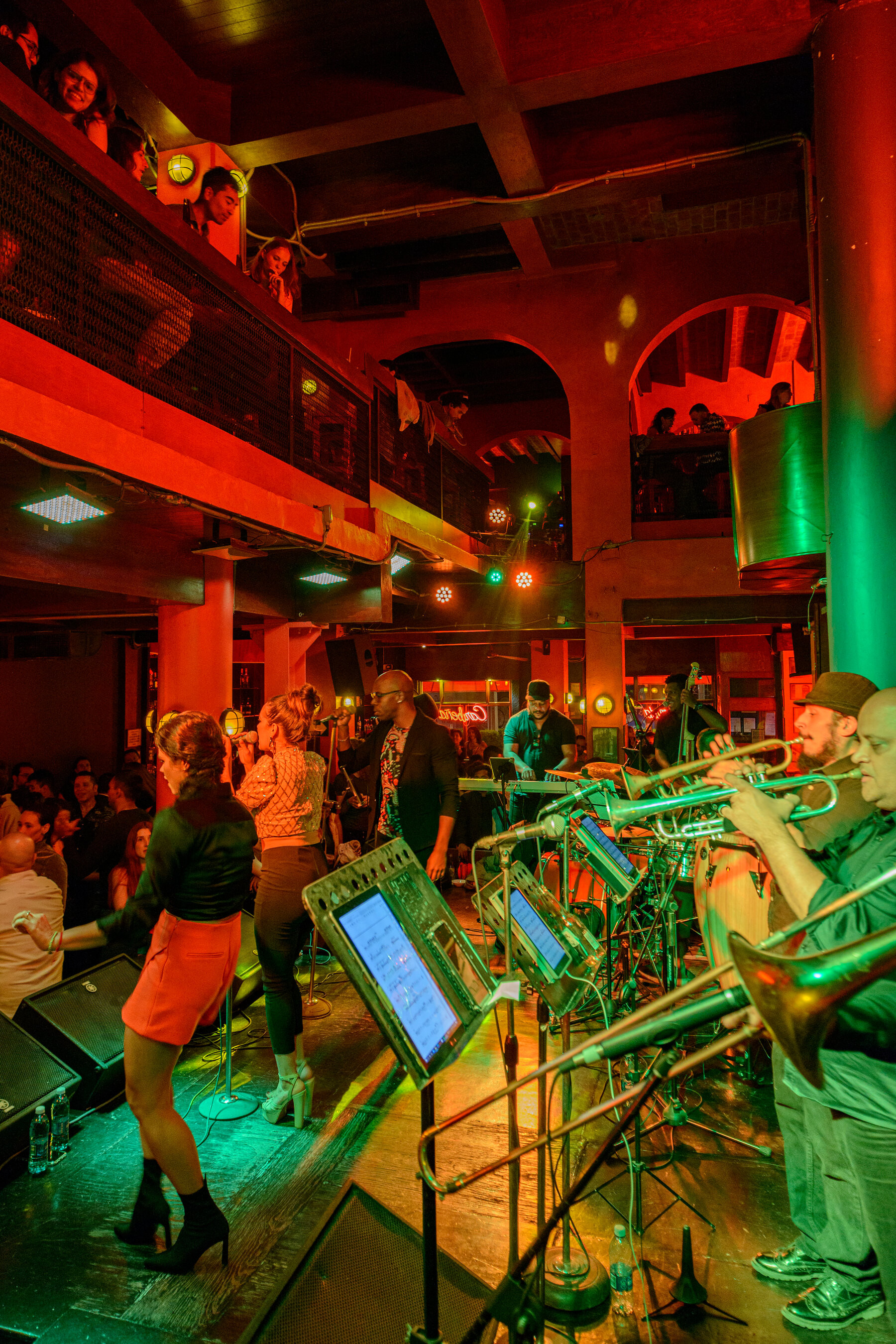 People enjoying craft beer at Monstruo de Agua tasting room in Condesa, Mexico City
People enjoying craft beer at Monstruo de Agua tasting room in Condesa, Mexico City
7:00 PM: Craft Beer & Roma Style Dinner
Mexico’s craft beer scene is thriving. Monstruo de Agua, a local brewery, has opened a bright and plant-filled tasting room in Colonia Condesa. Sample a small tasting jar (from 45 pesos) of a stout flavored with fig and sugarcane, or a white IPA brewed with agave syrup. Pair your beer with esquite criollo (100 pesos), a sophisticated take on classic street food. Nearby in Colonia Roma, Meroma offers an intimate dining experience featuring traditional ingredients with unexpected twists, such as quail marinated in harissa (dinner for two without wine is approximately 2000 pesos). For wine lovers, Vigneron in Roma is a bar and restaurant with a selection that includes small producers from France, Spain, Mexico, and Italy (glasses start at 185 pesos). Remember to check the opening hours to make the most of your evening in Mexico City.
 People enjoying craft beer at Monstruo de Agua tasting room in Condesa, Mexico City
People enjoying craft beer at Monstruo de Agua tasting room in Condesa, Mexico City
10:00 PM: Salsa Rhythms
Experience the vibrant nightlife at Mama Rumba, an unpretentious salsa club in Colonia Roma that has been a local favorite for three decades. Both experienced and novice dancers are welcome to move and groove to the rhythms of Charanga One, the house Cuban orchestra. A DJ warms up the crowd before the musicians take the stage at 11:00 PM. Arrive early to practice your steps and secure a table to enjoy a mojito or margarita (110 pesos) between dance sets. If you’re feeling shy, watch the musicians and dancers from the balcony upstairs. The entrance fee is 120 pesos. Be mindful of the time, as Mexico City evenings can extend late into the night.
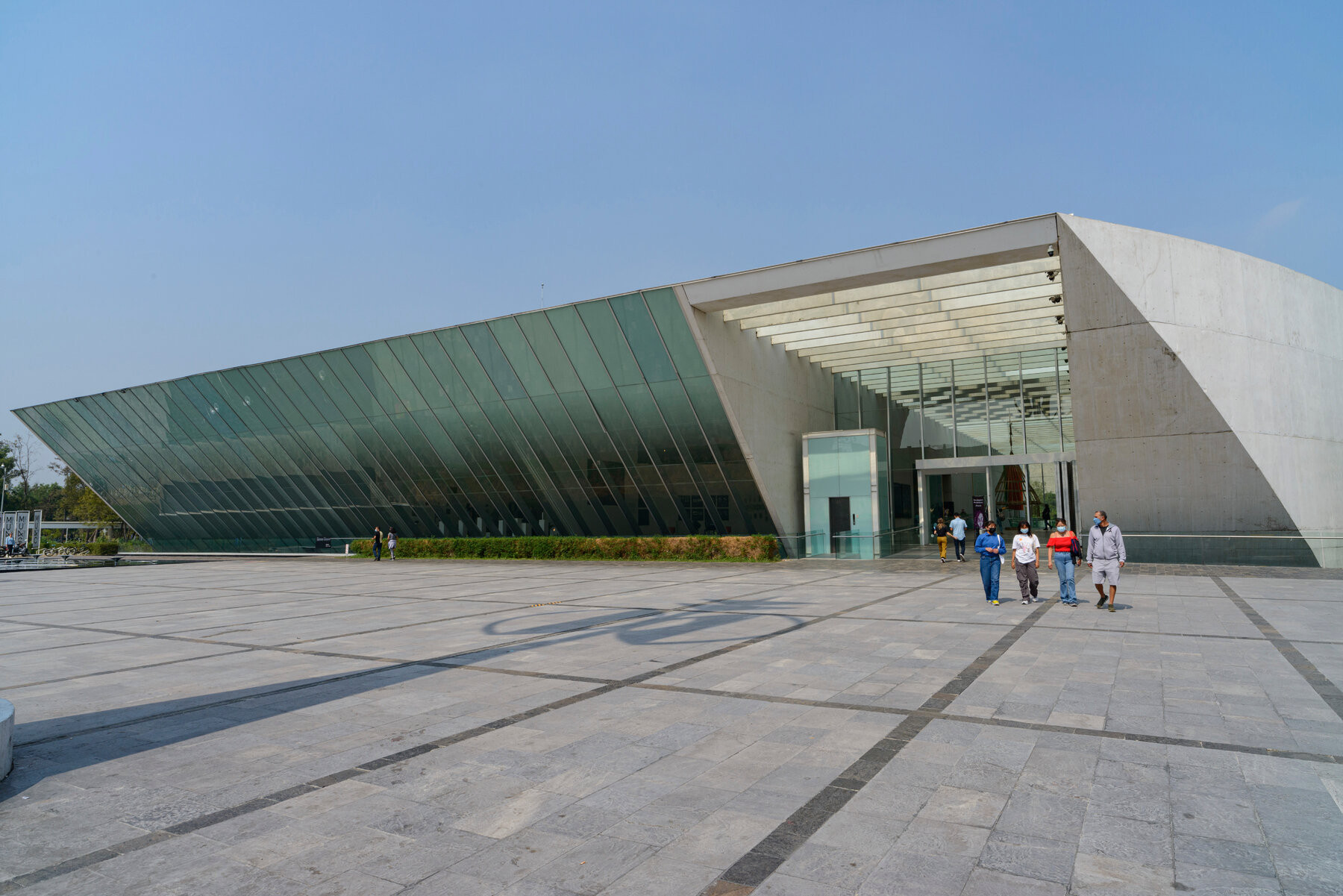 Exterior of MUAC museum at UNAM, featuring modern architecture and glass facade
Exterior of MUAC museum at UNAM, featuring modern architecture and glass facade
Saturday
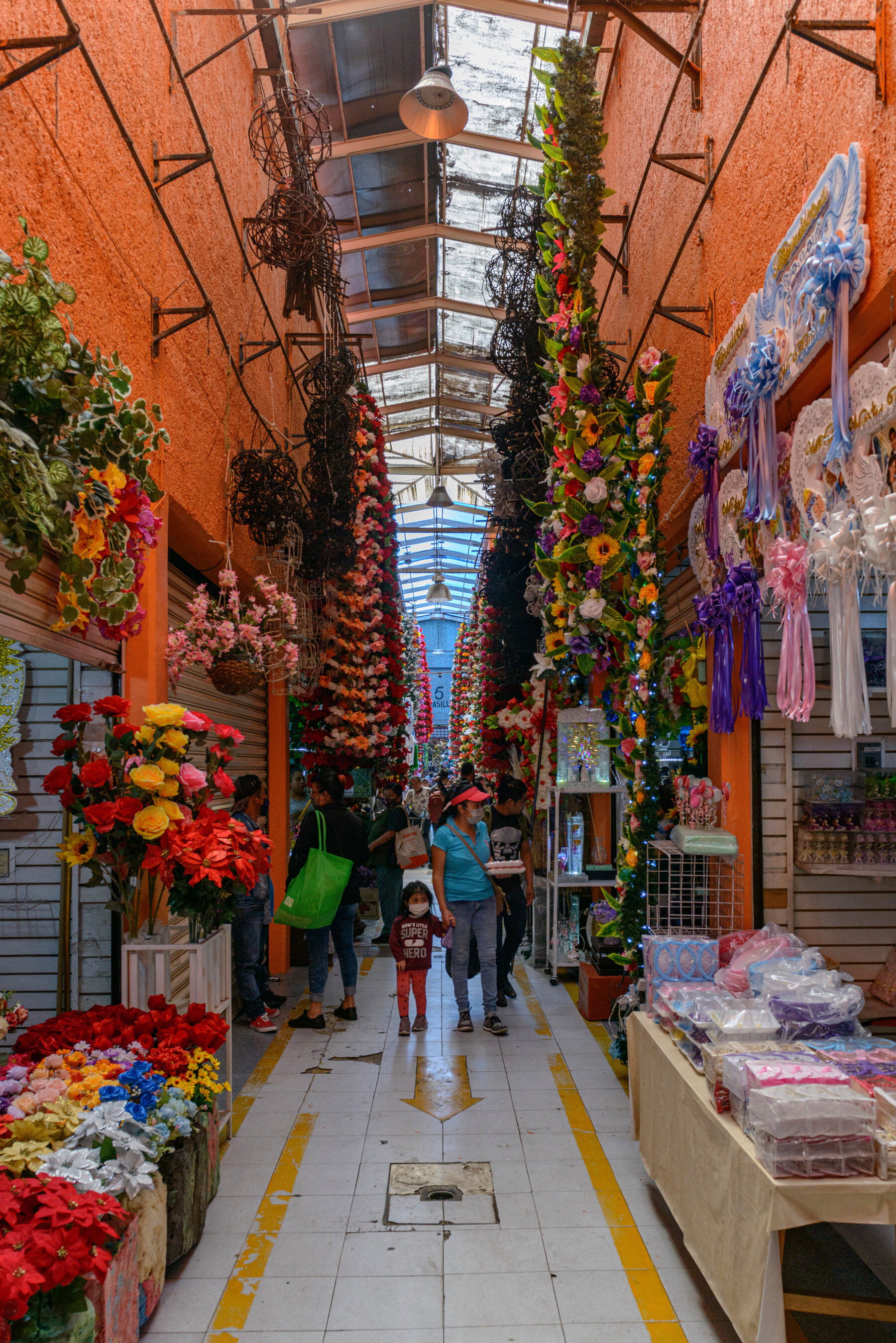 Exterior view of La Merced Market in Mexico City, showcasing bustling stalls and crowds
Exterior view of La Merced Market in Mexico City, showcasing bustling stalls and crowds
9:30 AM: Mexico’s Oldest Market
Dedicate your Saturday morning to exploring the Centro Histórico, starting with La Merced, a market dating back to Aztec times. Its sheer size can be overwhelming, and street crime is a concern, so consider a guided tour to navigate its passages and vendors safely. Eat Mexico offers a 3.5-hour food tour in English ($99 USD). At Señora Edith’s stall, sample pre-Hispanic delicacies like chapulines (grasshoppers) and chicatana ants, as well as tiny freshwater fish and acociles, crustaceans native to Mexican lakes and rivers. Señora Balbina offers her refined mole poblano and pipián in a blue corn tamal. The tour concludes at Roldán 37, a traditional Mexican restaurant in a former warehouse where chilies were dehydrated. Other English-language tour options include photo tours of various neighborhoods with photojournalist Keith Dannemiller ($130 USD for half a day) and custom tours designed by writer David Lida ($135-$300 USD). Plan your visit in the morning to experience the market at its most vibrant hour.
 Exterior view of La Merced Market in Mexico City, showcasing bustling stalls and crowds
Exterior view of La Merced Market in Mexico City, showcasing bustling stalls and crowds
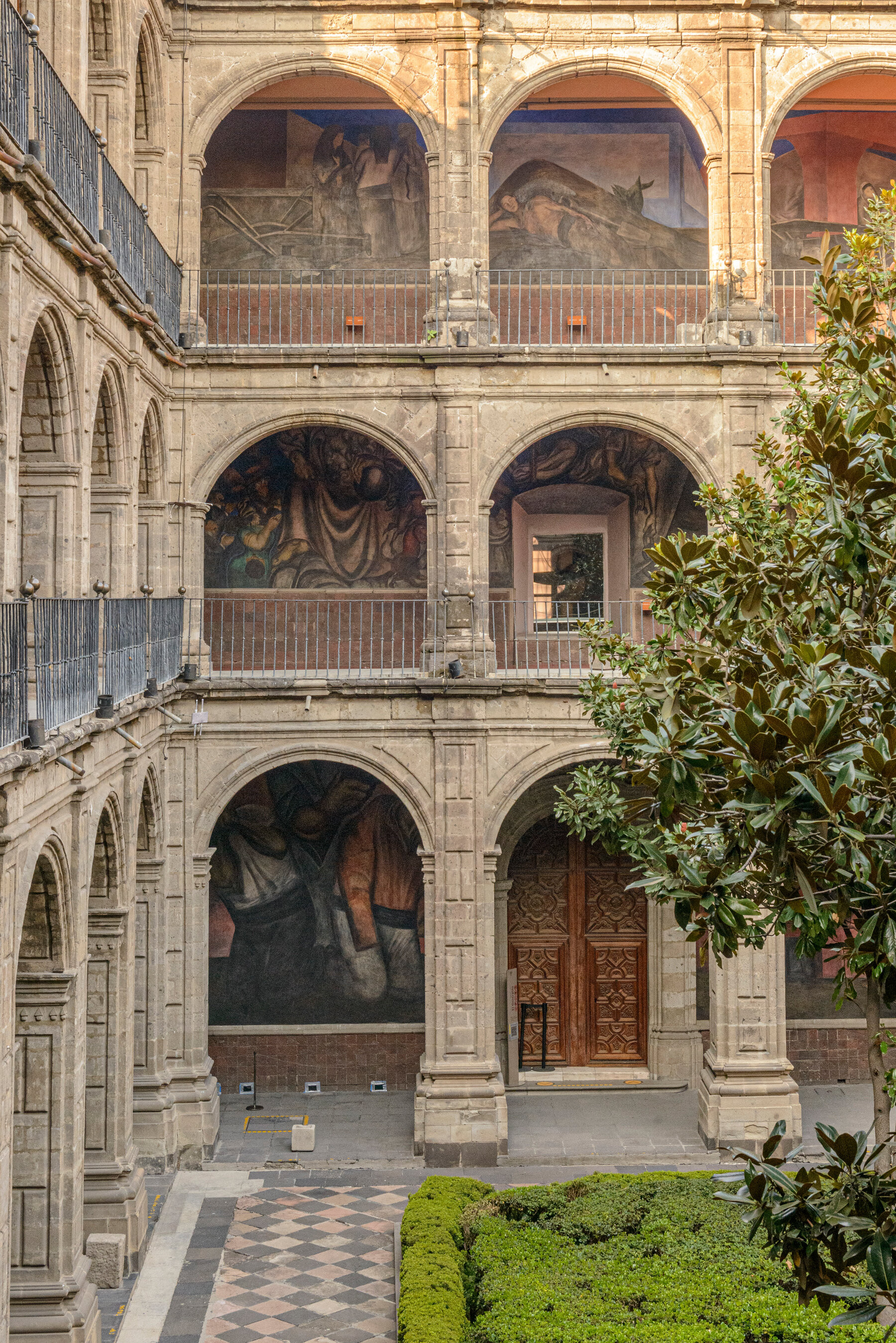 José Clemente Orozco murals at the Antiguo Colegio de San Ildefonso in Mexico City
José Clemente Orozco murals at the Antiguo Colegio de San Ildefonso in Mexico City
2:00 PM: Hidden Murals
Discover the murals of the Abelardo L. Rodríguez Market, a short walk northwest of the Zócalo, the main square. Painted by Diego Rivera’s students, including New York sisters Marion and Grace Greenwood, these murals depict the exploitation of farmworkers and miners with social justice themes. Find the Greenwood sisters’ murals along the staircase and first-floor landing in the market’s northeast corner. On the same landing is Isamu Noguchi’s nearly 72-foot-long cement and brick mural, “History as Seen from Mexico in 1936.” Nearby, the Antiguo Colegio de San Ildefonso, a baroque-style building, showcases early examples of the 20th-century Mexican muralist movement. José Clemente Orozco’s frescoes cover three floors on the main courtyard’s north side, capturing the anguish and hope of post-revolutionary Mexico (admission is 50 pesos). Take your time to appreciate the artistry and historical narratives within these murals.
 José Clemente Orozco murals at the Antiguo Colegio de San Ildefonso in Mexico City
José Clemente Orozco murals at the Antiguo Colegio de San Ildefonso in Mexico City
4:00 PM: Explore Mexican Art
Two recently opened 18th-century venues with Mexican art collections await exploration in and around the Centro Histórico. Museo Foro Valparaíso, housed in a former palace now owned by a bank, features colonial portraits, including a posthumous portrait of writer Sor Juana Inés de la Cruz, 19th-century landscapes, and images of iconic Mexican figures. 20th-century galleries display Diego Rivera’s 1942 “Muchacha con lirios” and paintings by surrealist painters Remedios Varo and Leonora Carrington (admission is free). A short drive away, Museo Kaluz exhibits a private collection within the renovated Antiguo Hospicio de Santo Tomás de Villanueva. Thematically organized, the collection creates a dialogue between older Mexican painting and 20th-century interpretations (admission is 60 pesos for Mexicans, 90 pesos for foreigners). Consider the travel time between these museums when planning your afternoon.
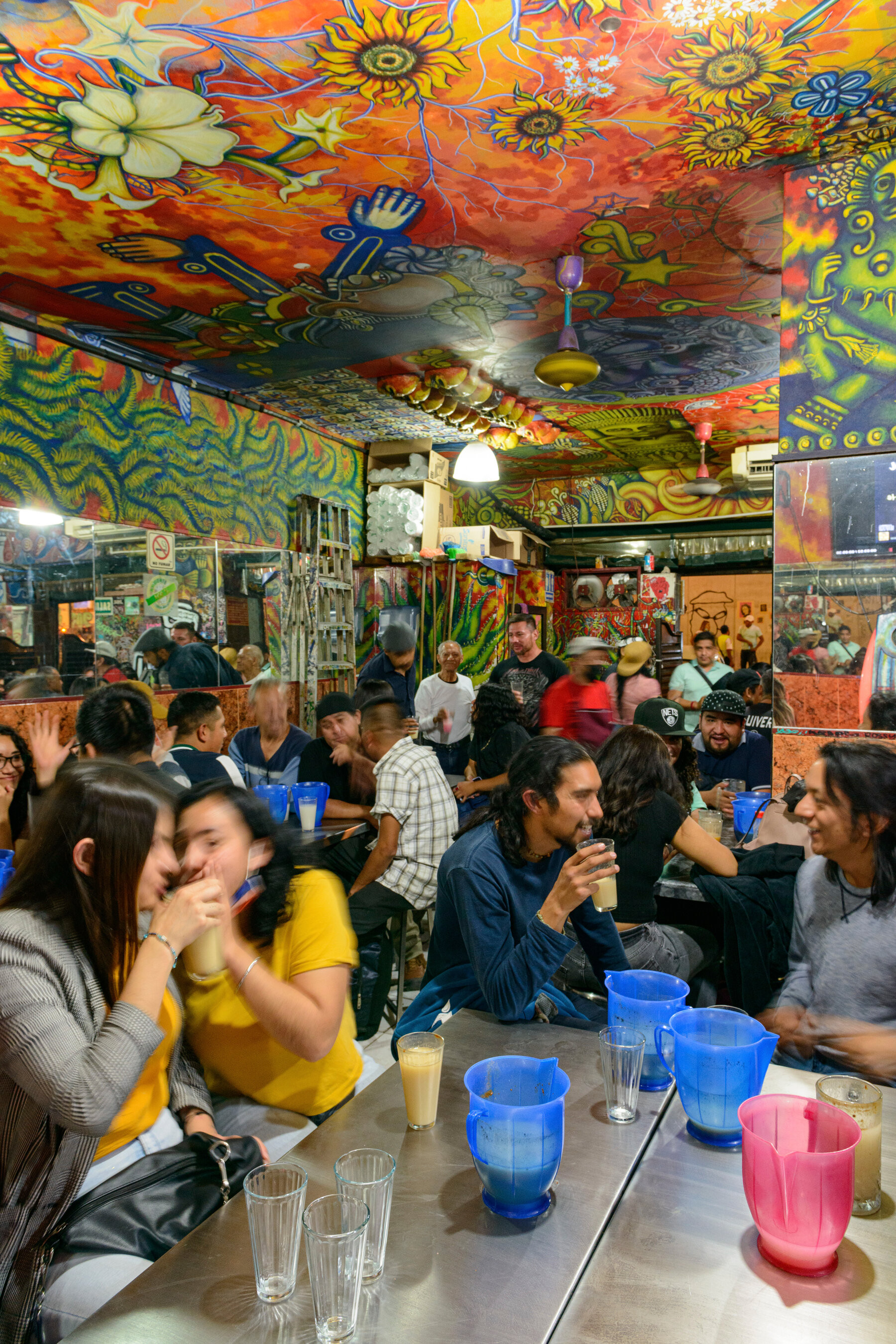 Exterior of Pulquería Las Duelistas, a traditional pulque bar in Mexico City
Exterior of Pulquería Las Duelistas, a traditional pulque bar in Mexico City
6:00 PM: Pulque or Mezcal Tasting
Explore a trio of bars south of Parque Alameda. At Pulquería Las Duelistas, tourists and locals gather to drink pulque, a pre-Hispanic beverage made from fermented agave sap (be warned of its viscous texture), now a hipster favorite (a glass of plain white pulque is 15 pesos; flavored curados with oatmeal, celery, or guava are 30 pesos). Nearby, Tío Pepe, a traditional cantina bordering Chinatown, invites you to linger with its red vinyl booths, the murmur of conversations, and old photographs, while browsing the extensive drinks menu. Bósforo, a mezcalería hidden behind red curtains and unmarked steel doors, is a well-known secret. It opens at 7:00 PM. Note the opening times and plan accordingly to experience these unique bars.
 Exterior of Pulquería Las Duelistas, a traditional pulque bar in Mexico City
Exterior of Pulquería Las Duelistas, a traditional pulque bar in Mexico City
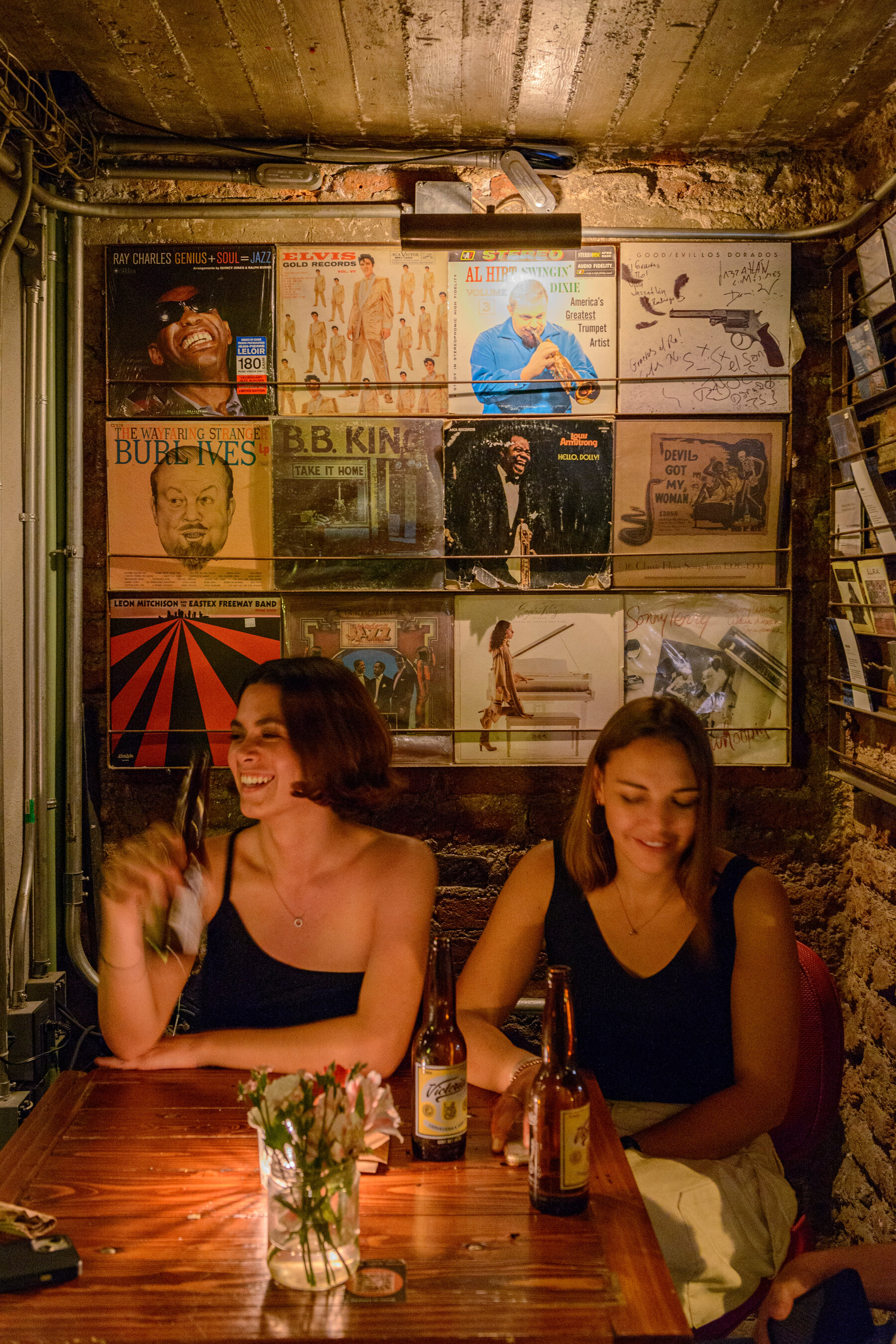 Interior of Jazzatlán Capital jazz club, showcasing intimate setting and live music stage
Interior of Jazzatlán Capital jazz club, showcasing intimate setting and live music stage
8:30 PM: Juárez Vibe
After the hustle of the Centro Histórico, head to Colonia Juárez for a relaxed dinner at Amaya. Unlike some of Roma’s busier, trendier restaurants, Amaya offers a neighborhood feel where locals take their time to enjoy wine and conversation. Chef Jair Téllez’s second restaurant in the city (his first is Merotoro), Amaya features his unique take on Baja California-style Mediterranean cuisine, always a delight. The varied sharing menu, emphasizing local and seasonal ingredients, includes fish ceviche tostada with fried squid, gnocchi with beef ragu, and braised lamb with roasted vegetables. The high-ceilinged dining room is decorated with a colorful mural and patterned tiles. The restaurant serves natural wines, imported by Téllez himself. Dinner for two without wine may cost around 1700 pesos. Make a reservation to ensure you have a table during peak dinner hours.
 Interior of Jazzatlán Capital jazz club, showcasing intimate setting and live music stage
Interior of Jazzatlán Capital jazz club, showcasing intimate setting and live music stage
10:30 PM: Live Jazz Sounds
While Latin music rhythms permeate Mexico City, live jazz was once harder to find. However, the scene has improved. At Parker & Lenox, a spacious bar in Colonia Juárez with dim lighting, comfortable seating, and inventive cocktails (170-240 pesos), immerse yourself in the music near the stage or enjoy the ambiance from the back (cover charge up to 200 pesos, reservations recommended). Jazzatlán Capital in Colonia Roma is a smaller venue attracting a knowledgeable crowd for a music-focused night in an intimate setting (cover charge can reach 400 pesos, reservations necessary). Check the show times and plan your evening to enjoy the city’s growing jazz scene.
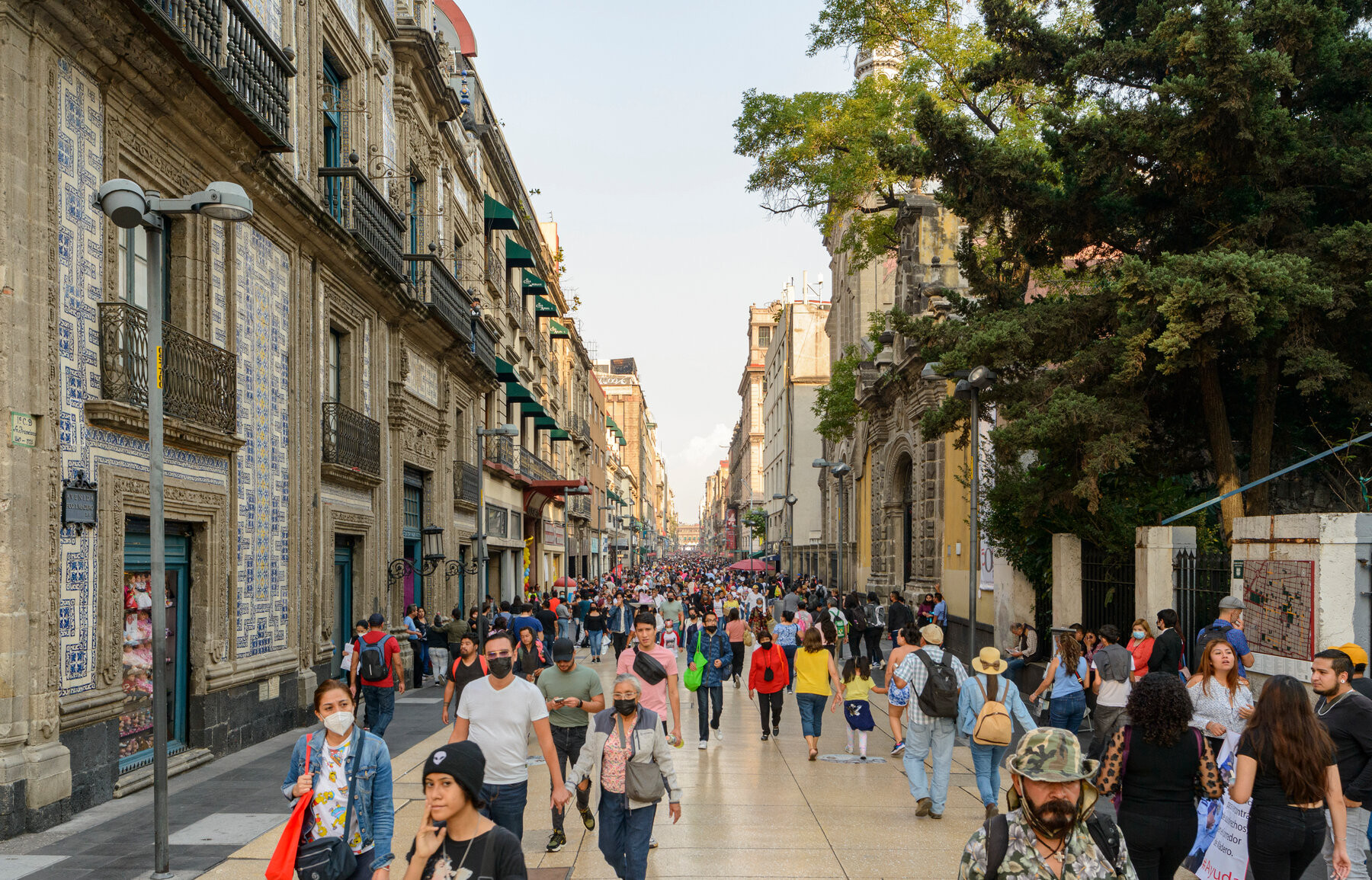 Panoramic view of Centro Histórico in Mexico City, showcasing historic buildings and city skyline
Panoramic view of Centro Histórico in Mexico City, showcasing historic buildings and city skyline
Sunday
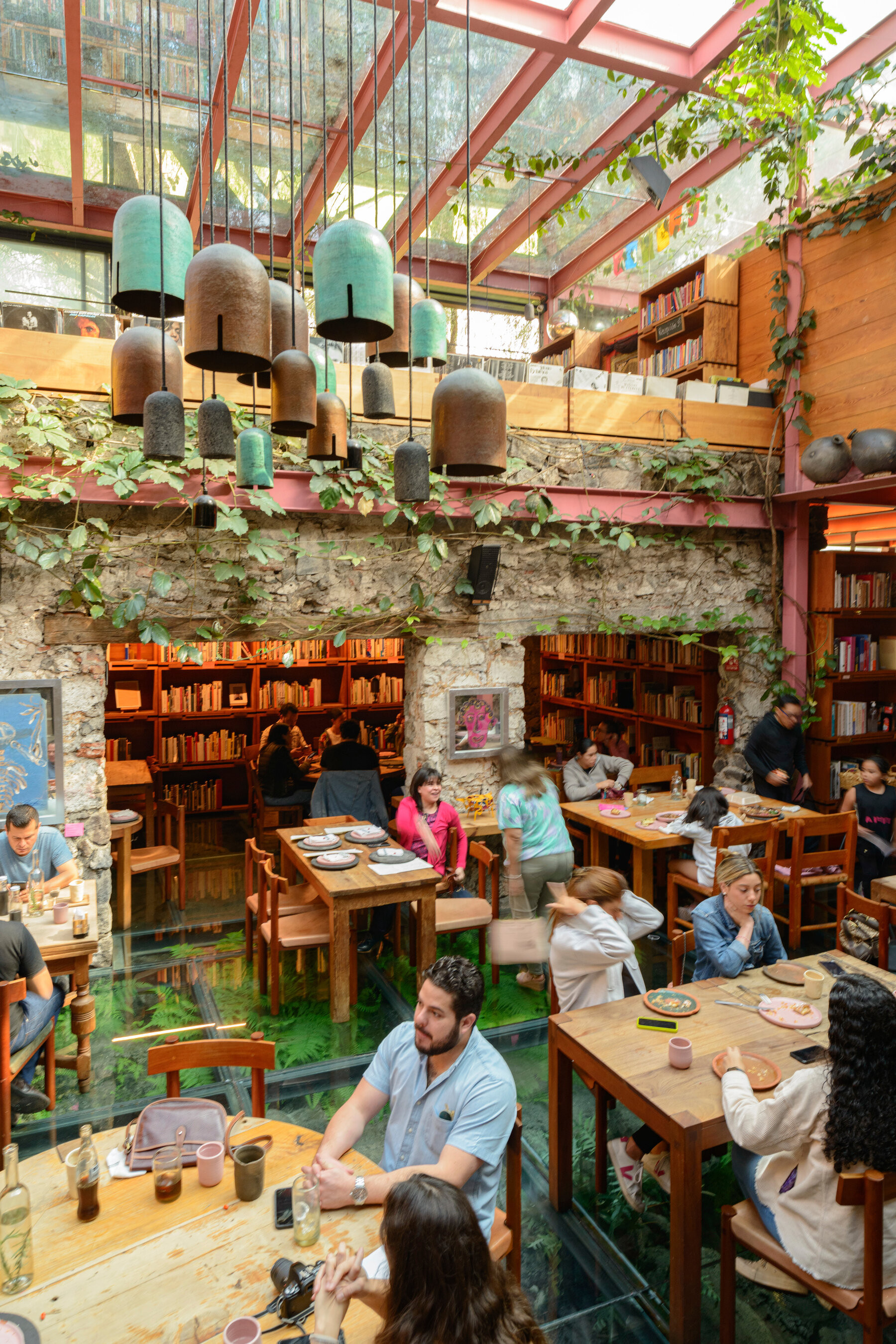 Outdoor patio and architectural details of Tetetlán cultural center in Pedregal, Mexico City
Outdoor patio and architectural details of Tetetlán cultural center in Pedregal, Mexico City
10:00 AM: Barragán Breakfast
Head south for breakfast at Tetetlán cultural center in the Pedregal neighborhood. Opened five years ago to complement the restoration of Casa Pedregal, a private home designed in the late 1940s by renowned Mexican architect Luis Barragán, Tetetlán is housed within the original stone walls of the house’s stables. It features an art and architecture library, exhibition space, shop, and restaurant. Breakfast options include chilaquiles and scrambled eggs with escamoles (crispy ant larvae, 295 pesos). Many ingredients come from chinampas (floating gardens) along the remaining Aztec canals in Xochimilco. English tours of Casa Pedregal must be booked in advance via email (500 pesos for Mexicans, 800 pesos for foreigners). Allow ample time for travel to Pedregal and consider booking your Casa Pedregal tour in advance to align with your schedule.
 Outdoor patio and architectural details of Tetetlán cultural center in Pedregal, Mexico City
Outdoor patio and architectural details of Tetetlán cultural center in Pedregal, Mexico City
12:00 PM: Art Without Boundaries
A short drive away is the Museo Universitario de Arte Contemporáneo, known as MUAC. This museum hosts international exhibitions, curates its own shows, and collects works by contemporary Mexican artists. Exhibitions by French artist Ben Vautier are on display until April 2023, and a show of Latin American activist art and interventions opened on November 26th and runs until May 2023 (admission 40 pesos). The museum is located in a striking glass building with a sloping facade designed by Mexican architect Teodoro González de León on the campus of the Universidad Nacional Autónoma de México (UNAM). The vast university complex itself is a UNESCO World Heritage site, recognized for its blend of mid-20th-century modernist architecture and pre-Hispanic iconography, particularly in its central library. Allocate sufficient time to explore both the MUAC and the UNAM campus, especially if you are interested in architecture and modern art.